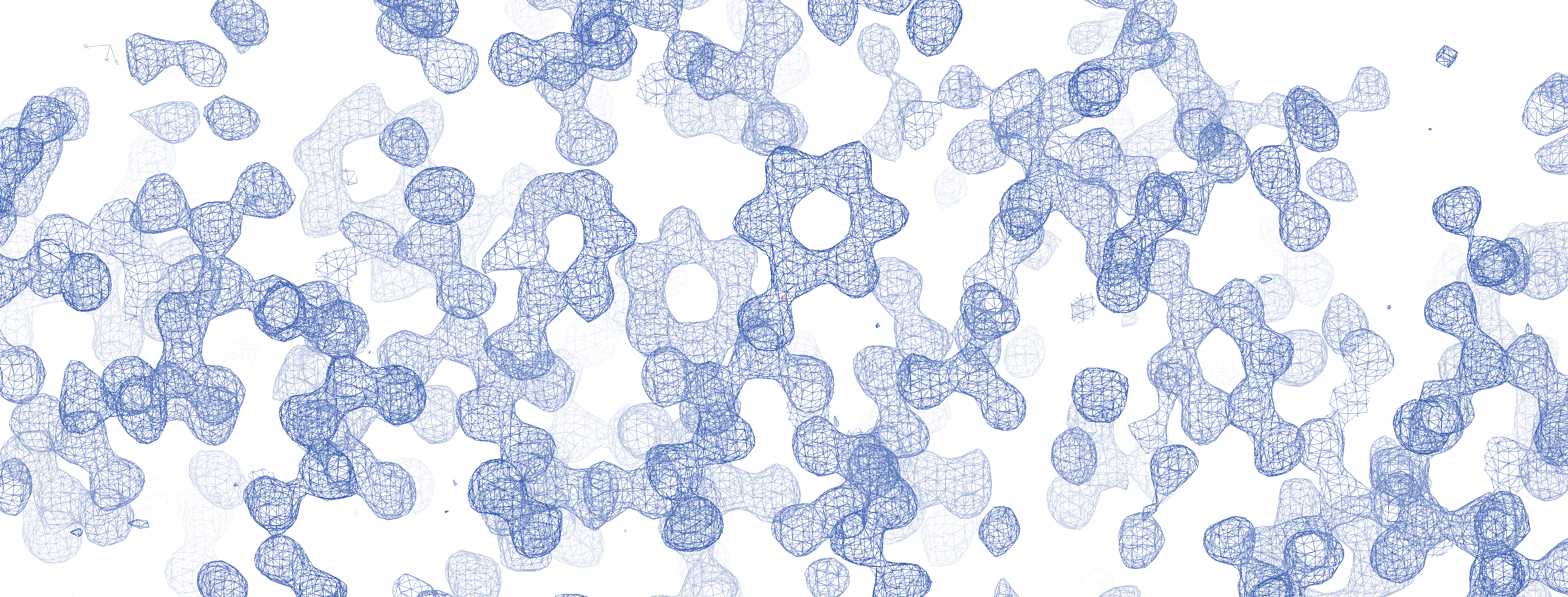Are the pins washed and reused after each set of 12 grids or are the pins of the VitroJet disposable?
We developed reusable pins for the VitroJet, which can be cleaned at the start and at the end of each experiment. This is why we also provide a cleaning station, in which you can clean these pins ultrasonically.
How do we prevent evaporation with the VitroJet?
You can select whether you want to deposit the sample at 4°C or 20°C. In the climate chamber, the temperature and humidity are controlled to provide a stable environment. During deposition, both pin and grid are controlled to dewpoint temperature to minimize evaporation.
Can we have different ice thicknesses on one grid with the VitroJet?
Yes, it is possible to create a thickness gradient when using a spiral deposition pattern with overlap. In that case, the centre will be a bit thicker and the outside of the deposited area will be thinner. This can give you a gradient in ice thickness, which can be useful for finding the most suitable ice thickness for your sample.
How can we regulate ice thickness with the VitroJet?
You can adapt the ice thickness of the deposited sample by changing the parameters in the protocol. You can obtain a thinner sample layer and therefore thinner ice layer by decreasing the velocity of deposition. Furthermore, you can decrease ice thickness by decreasing the standoff distance between the pin and the grid.
How many squares are usable for microscopy with VitroJet’s pin-printing deposition?
The amount of squares depends on the type of grid that you use. The deposited area covers approximately 800 x 800 µm. On a 300 mesh grid that would mean 88 squares can be covered. On a 200 mesh grid it would mean 40 squares.
What does the printing pattern look like with the VitroJet. Is it only one streak? Can we adjust the pattern with the VitroJet?
The VitroJet enables several printing patterns. So yes you can choose which one to use. It is not only one streak. The deposition options are as follows: 1) a simple line, 2) a spiral pattern which starts in the centre and spirals out, and 3) a square spiral which starts in the middle and spirals out.
What protein concentration is recommended for the VitroJet?
Typically, we start testing with the same protein concentration as is used in a plunge-freezing device. Depending on the sample, you can concentrate or dilute 2-3 times.
How much sample volume do we need with the VitroJet?
Thanks to pin-printing a minimum amount of sample is needed. The pipette uses standard Gilson CP-10 positive displacement pipette tips. During the process 0.5 microliter of stock volume is picked up using the pipette. This volume can be used for pin-printing on many grids, since only around 1 nanoliter of sample is used per pin.
How long will it take a new user to optimize settings with the VitroJet?
We always start with a standard set of parameters that enables all users to accomplish a good ice layer for most of their proteins. This means anyone can start right-away. The VitroJet allows you to finetune the ice thickness dependent on the needs for your sample. This usually takes any user no more than a few iterations. If biochemistry of the protein or buffer needs to be optimized, it can take you longer to tweak settings, also depending on your sample.
Can we link the VitroJet to a LIMPS system?
Yes, you can link the VitroJet to a LIMPS system. Currently, all data is logged on the PC that is used to control the VitroJet. Details about the VitroJet parameters, grid number, and sample details are combined into a html file. Besides that, images from the cameras inside the VitroJet are logged. We recommend you to connect this data to a LIMPS system, depending on the lab’s workflow.
